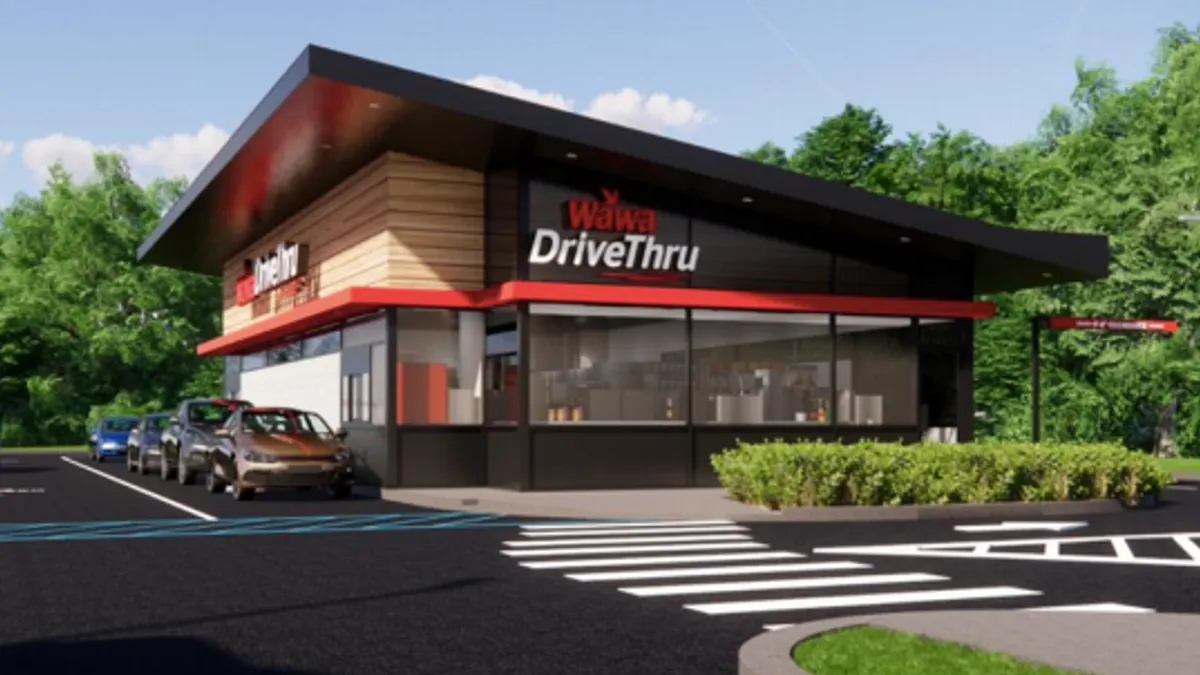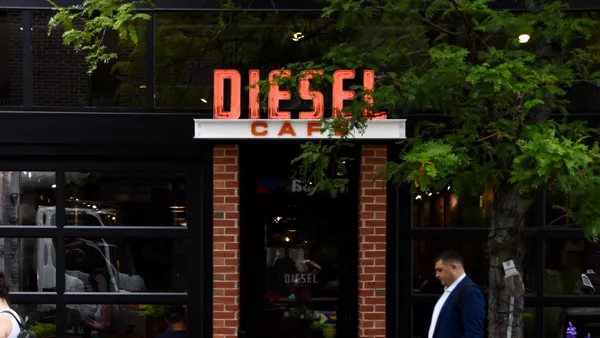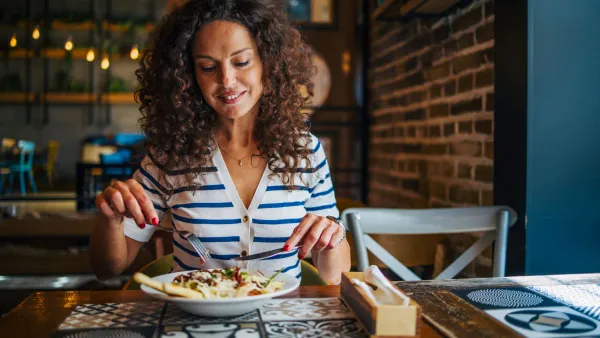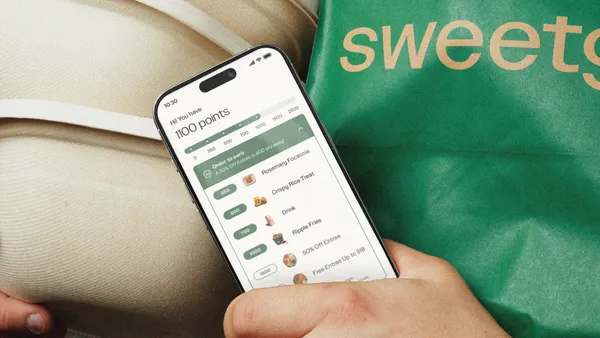Dive Brief:
- U.S. consumers perceive convenience stores to be on par with quick-service restaurants, and 59% consider purchasing a meal from a c-store when stopping for fast food, according to Bluedot’s “The Convenience Experience Report” emailed to Restaurant Dive.
- Nearly 30% purchase fast food from c-stores, while 27% get grab-and-go refrigerated items, 25% go for hot food and 21% buy made-to-order meals. One in four consumers visit c-stores for lunch.
- More convenience store chains, including Wawa, 7-Eleven, Casey’s and QuikTrip, have upgraded their foodservice in recent years, further blurring the lines between the segments. Bluedot’s survey says the data suggests it’s “entirely possible” c-stores are the next QSR.
Dive Insight:
In 2019, Wawa CEO Chris Gheysens told a crowd at the National Restaurant Association Show that he considered its stores “as a restaurant-to-go.” Since then, convenience stores have made large strides in its offerings. Last year, 7-Eleven opened a store in Manassas, Virginia, that features two restaurants, while Wawa tested a dinner menu in 2020 across hundreds of stores.
These efforts may be paying off as consumers perceive c-stores in a similar light as QSRs. C-stores may even have a bit of an advantage in their ability to offer a broader range of items, which allows for more one-stop shopping. According to Bluedot’s survey of more than 1,500 U.S. consumers, over 50% purchase snacks at c-stores, while 20% buy grocery items and 16% get alcoholic beverages.
Another benefit c-stores may have is that they typically generate a captive audience of drivers who need to refuel and prefer making one stop versus two. Bluedot found that seven in 10 customers enter a c-store when pumping gas. At the close of 2020, there were 148,026 convenience stores operating in the U.S., with 116,641 selling gasoline, according to the National Association for Convenience and Fuel Retailing.
More c-stores are also ramping up their delivery presence and building drive-thru locations. Earlier this year, 7-Eleven added a subscription delivery service, while several chains have joined DoorDash’s DoubleDash platform to add c-store orders to food orders without additional fees. Last year, Wawa opened its first free-standing drive-thru while 7-Eleven launched its first restaurant drive-thru.
As c-stores continue to improve and expand their foodservice options and convenience features, the share of stomach competition is likely to intensify. The choice may come down to convenience and speed, but c-stores will have to find a way to keep their lines short. According to Bluedot’s research, 57% of c-store customers will leave and skip their purchase if there’s a line, including 16% who will leave if there is just one person in line, 30% if there are two and 54% if there are three or more. But consumers are also dealing with longer wait times at fast food chains, with drive-thru lines slowing down in the past year and now averaging nearly seven minutes.














